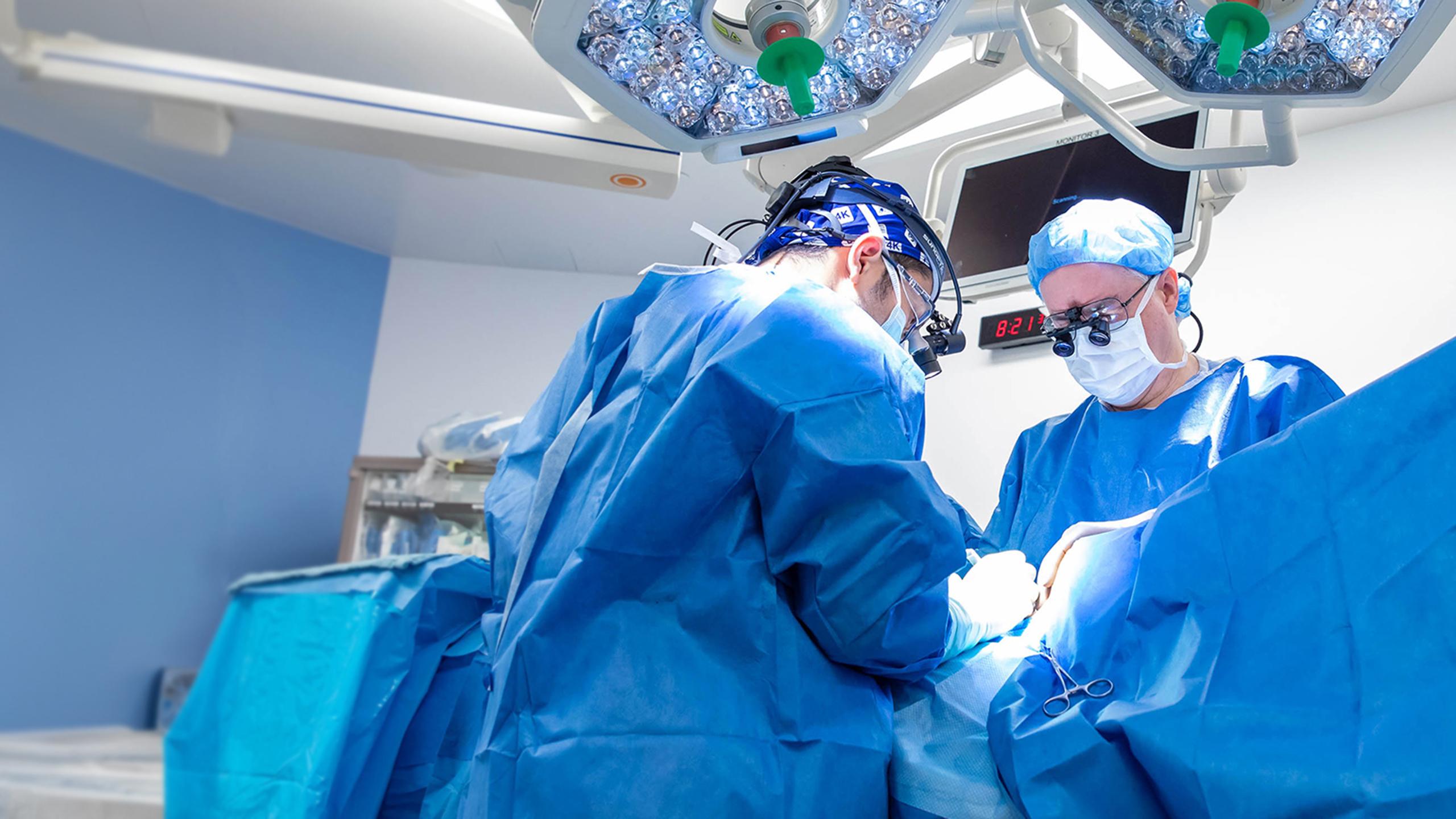Gestational Trophoblastic Disease (GTD)
Learn more about gestational trophoblastic disease (GTD) and how it is treated.
Overview
Gestational trophoblastic disease (GTD) is a group of rare tumours that begin in the uterus during or after pregnancy.
At the start of a normal pregnancy, cells called trophoblasts help the newly fertilized egg implant into the wall of the uterus. These cells develop into a large part of the placenta. In GTD, trophoblasts develop abnormally and form tumours.
Most forms of GTD are non-cancerous, but some are cancerous. In many cases, patients who have had GTD can have healthy pregnancies after treatment.
Types of GTD
Hydatidiform moles (molar pregnancies)
Hydatidiform moles (also called molar pregnancies) are the most common type of GTD. They happen when abnormal tissue grows in your uterus instead of a placenta or a fetus. They are usually not cancerous.
You may have a positive pregnancy test and experience pregnancy symptoms, but in most cases no fetus is growing.
There are two types of hydatidiform moles.
Complete hydatidiform moles
These occur when the fertilized egg loses all genetic material from the ovary and the genetic material from the sperm doubles instead. Abnormal tissue grows instead of a fetus.
Partial hydatidiform moles
These occur when an egg is fertilized by two sperm, so the embryo cannot develop normally. These tumours have a lower risk of turning into cancer than complete hydatidiform moles.
Gestational trophoblastic neoplasia (GTN)
Gestational trophoblastic neoplasia (GTN) is almost always cancerous. It includes the following types.
Epithelioid trophoblastic tumours
These are very rare tumours that usually develop after a normal pregnancy. They are slow-growing and can go undiagnosed for a long time.
Gestational choriocarcinomas
These are aggressive tumours that usually develop after a hydatidiform mole, but can also happen after non-molar pregnancies.
Invasive moles
These happen when hydatidiform moles grow into the wall of the uterus. There is a small chance of invasive moles occurring after a molar pregnancy has been removed. Invasive moles are cancerous but rarely grow outside the uterus.
Placental site trophoblastic tumours
These are a very rare form of GTD that grow from specialized cells in the placenta after molar or normal pregnancies. They rarely spread outside the uterus.
Symptoms
Symptoms of GTD can include:
- Vaginal bleeding
- Passing abnormal tissue from the vagina
- Pelvic pain
- Nausea
Having these symptoms does not necessarily mean that you have GTD. These symptoms are common in many conditions.
Diagnosis
If you have symptoms of GTD, your health-care provider can use a physical exam, ultrasound and blood tests to help confirm a diagnosis.
If your GTD is cancerous, additional imaging tests — such as computed tomography (CT), magnetic resonance imaging (MRI) and X-rays — can be used to find out what stage of cancer you have.
Cancer staging
If cancer is found, the next step is determining the cancer stage. Knowing your cancer stage helps your care team develop your treatment plan. Physicians determine your cancer stage based on the size and location of the tumour, whether cancer cells are in the lymph nodes, and whether there are cancer cells in other parts of the body.
Treatment
If you have been diagnosed with GTD, your Cancer care team will discuss your treatment options with you. We will help you weigh the benefits of each treatment option against the possible risks and side effects.
Treatment options depend on the type of GTD and the stage of the disease.
A surgeon may remove the tumour with a procedure called dilatation and curettage (D and C). In most cases, you can go home on the day of the procedure.
Depending on your specific needs, chemotherapy may be recommended in combination with D and C.
In many cases, patients can have healthy pregnancies after treatment.







